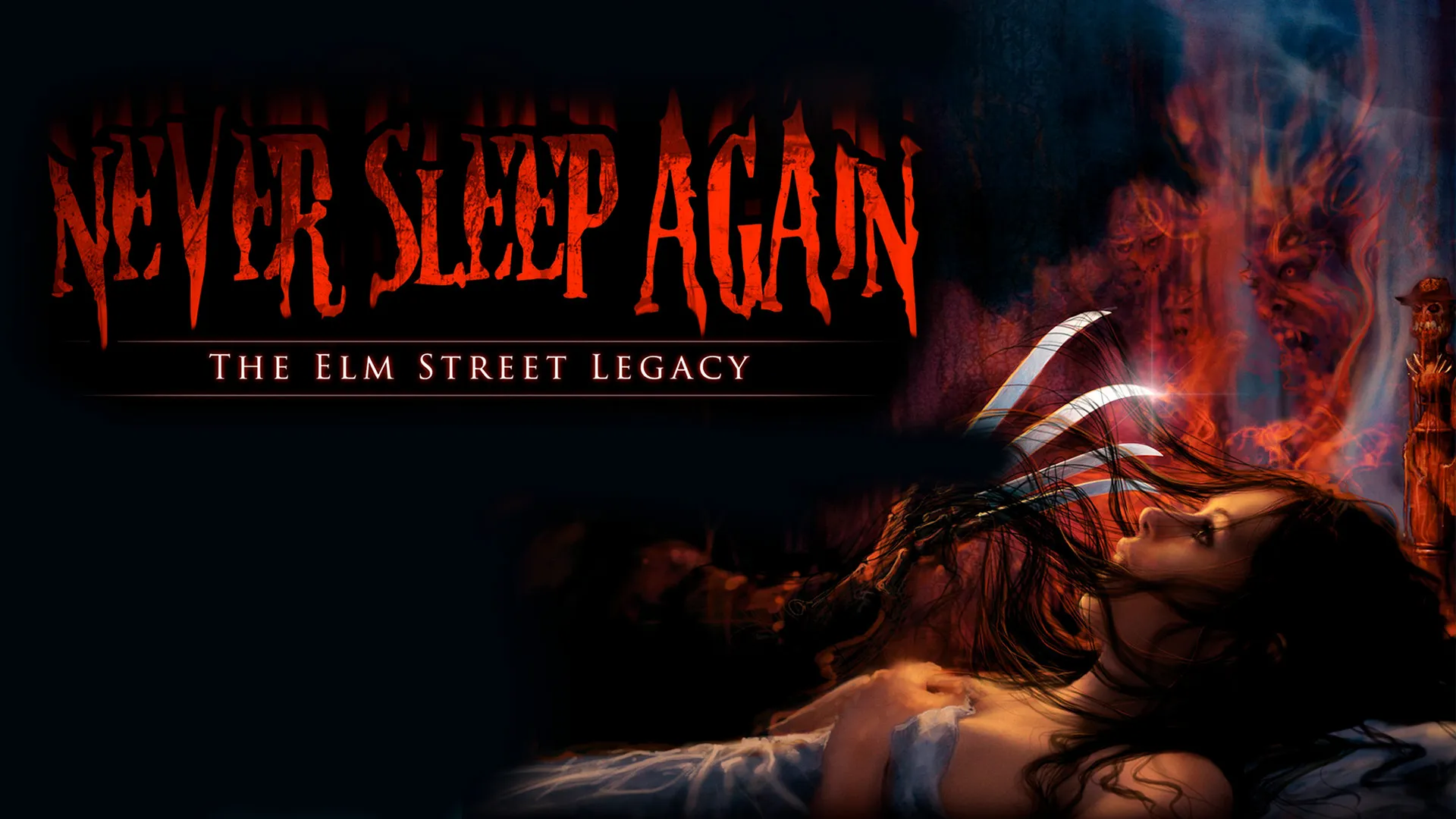"Cat on a Hot Tin Roof" – A Detailed Overview (Approx. 500 words)
Cat on a Hot Tin Roof is a powerful and emotionally charged drama written by renowned American playwright Tennessee Williams. First performed in 1955, the play explores themes of deception, repression, family conflict, and the complex nature of truth. Set in the American South on a wealthy Mississippi plantation, the story unfolds during a single, stormy evening, bringing long-suppressed tensions within a family to the surface.
The central focus of the play is Brick Pollitt, a former football hero turned alcoholic, and his wife Maggie, often referred to as "the cat." Their marriage is falling apart due to Brick's emotional withdrawal and Maggie's frustration with their childless union. The title metaphor—Maggie describing herself as "like a cat on a hot tin roof"—symbolizes her desperation and restlessness as she tries to rekindle intimacy and secure their place in the family legacy.

At the heart of the drama lies a family gathering to celebrate the 65th birthday of Big Daddy Pollitt, the family patriarch who is unknowingly dying of cancer. The rest of the family, including Brick’s brother Gooper and his wife Mae, are already scheming to inherit Big Daddy’s estate. Amidst this, Maggie fights to win back Brick’s affection and convince Big Daddy that she and Brick should be the rightful heirs. She even goes so far as to lie about being pregnant, hoping to give Brick a reason to care again—and to secure their future.
One of the most significant undercurrents in the play is Brick’s deep, unresolved grief and guilt over the death of his close friend Skipper. Though never stated outright, it is strongly implied that their relationship may have been more than platonic, and that Brick’s drinking is tied to his internalized shame and confusion. Tennessee Williams, a gay man himself, subtly infused the play with themes of homosexuality and repression, which were controversial in the 1950s and heavily censored in some productions and the 1958 film adaptation.

The confrontation between Brick and Big Daddy is the emotional climax of the play. In it, the two men face each other’s lies, failures, and fears in a brutally honest exchange. Big Daddy demands truth from Brick, who resists but eventually begins to confront his own denial. Their raw conversation explores themes of mortality, authenticity, and masculinity in American society.
Cat on a Hot Tin Roof won the Pulitzer Prize for Drama in 1955 and remains one of Tennessee Williams’ most enduring works. It has been revived numerous times on stage and adapted into a film starring Paul Newman and Elizabeth Taylor, though the film notably softened the more controversial aspects of the play.

Overall, Cat on a Hot Tin Roof is a searing examination of the lies people tell themselves and each other to survive. It is a deeply Southern story about family and legacy but also a universal one about the human need for love, truth, and acceptance—even when those things are difficult to attain.

